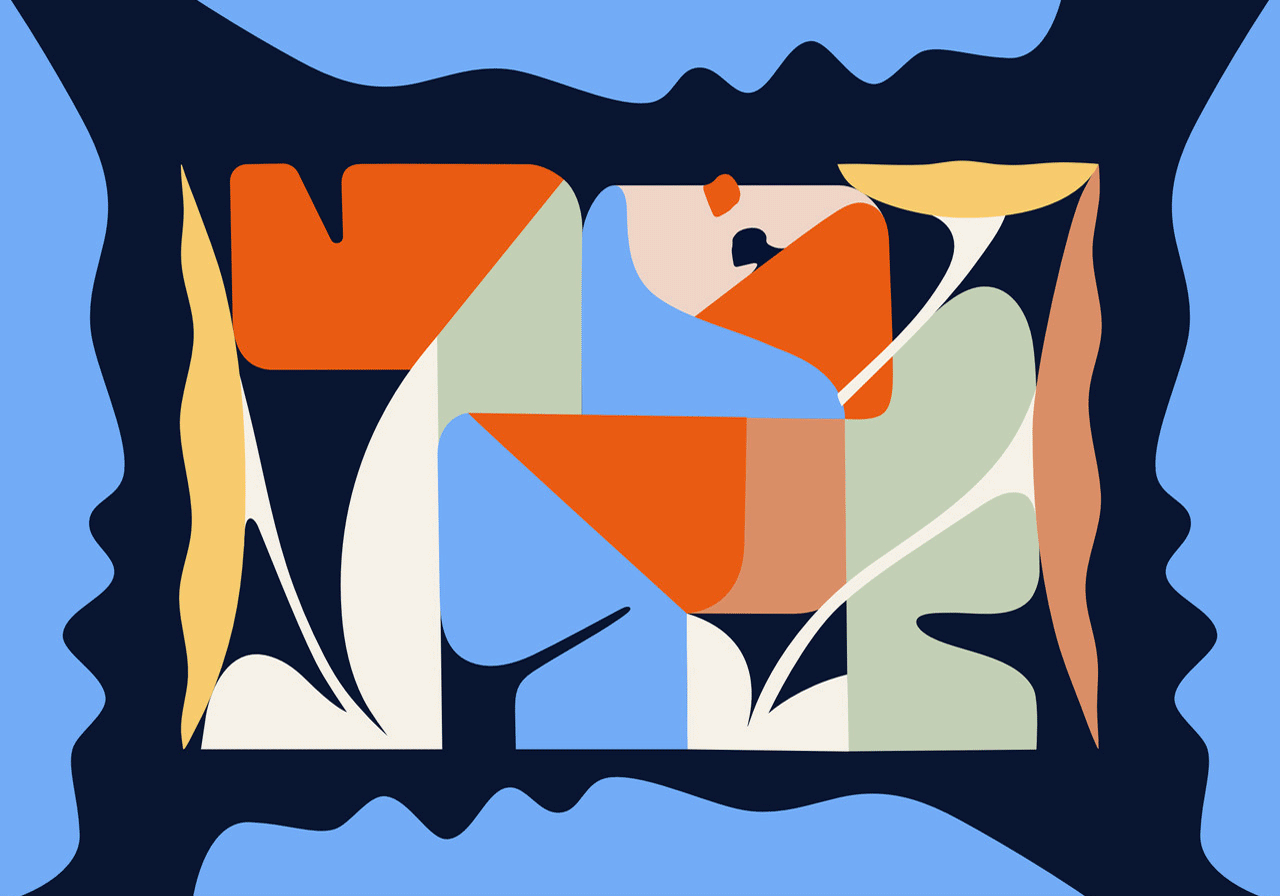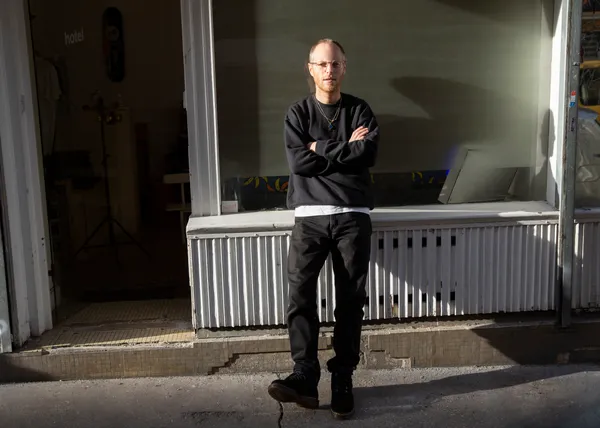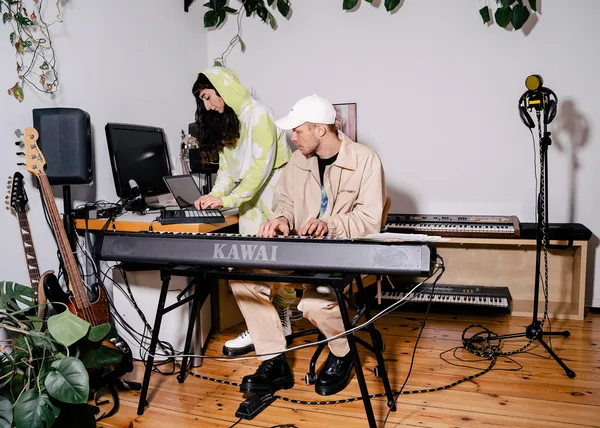Meet the graphic artist bringing together Munich’s art scene

Photography by Manuel Nieberle
In the last year, creativity and the subcultures which spring from it have been impacted in ways beyond measure. Dr. Martens Presents is supporting artists to help them overcome the challenges they are facing at a time when it is needed most.
In partnership with Dr. Martens
Words: The Face
-
THE FACE X DR. MARTENS PRESENTS: GABE. THE FACE X DR. MARTENS PRESENTS: GABE. THE FACE X DR. MARTENS PRESENTS: GABE. THE FACE X DR. MARTENS PRESENTS: GABE. THE FACE X DR. MARTENS PRESENTS: GABE. THE FACE X DR. MARTENS PRESENTS: GABE. THE FACE X DR. MARTENS PRESENTS: GABE. THE FACE X DR. MARTENS PRESENTS: GABE. THE FACE X DR. MARTENS PRESENTS: GABE. THE FACE X DR. MARTENS PRESENTS: GABE. THE FACE X DR. MARTENS PRESENTS: GABE. THE FACE X DR. MARTENS PRESENTS: GABE. THE FACE X DR. MARTENS PRESENTS: GABE. THE FACE X DR. MARTENS PRESENTS: GABE. THE FACE X DR. MARTENS PRESENTS: GABE. THE FACE X DR. MARTENS PRESENTS: GABE. THE FACE X DR. MARTENS PRESENTS: GABE. THE FACE X DR. MARTENS PRESENTS: GABE. THE FACE X DR. MARTENS PRESENTS: GABE. THE FACE X DR. MARTENS PRESENTS: GABE.
With lockdowns still in place across the UK and Europe, creativity remains on hold – for now. THE FACE has teamed up with Dr. Martens Presents for multi-part series Collective Creativity.
In the latest instalment of Collective Creativity, we travelled – via Zoom, (how else?) – to Munich in southern Germany, for a chat with multidisciplinary artist Gabe. Below, we talk to Gabe about graffiti culture, the importance of public art and his upcoming exhibition in Munich. He introduces THE FACE to Jessica Dettinger and Linda Nübling, two rising creatives living in the city he calls home.
GABE

With cheap(ish) rent and the kind of nightclubs which make you very late for work on Monday morning (that’s if you even make it), Berlin has long been considered the creative capital of Germany. But head all the way down south, and you’ll find a new subculture simmering. Munich – a city synonymous with beer halls and football – has fostered a new reputation over the last few years as fresh energy and life has entered the local scene. “I think it’s a really interesting scene in Munich right now… In the last couple of years, it has become more diverse and more interesting,” Gabe says.
From the age of 12, monomonous creative Gabe knew that he wanted to be a graphic designer, whatever that meant. Inspired by comics and subculture, Gabe became involved in graffiti culture. He began making posters and flyers for music events, becoming part of a sound system and founding a music label with a good friend.
After studying “the art” of visual communication, Gabe worked as a graphic designer for a decade, continuing to make commercial illustrations “on the side”. His side hustle picked up, and fast-forward to the present, Gabe is honing a graphic-heavy artistic practise with the goal of making a living from it. “The end goal is to become more and more independent and not working for clients,” he says. “I’m just dipping into the whole art thing.”
Art is a tool through which to think, to dream, to connect with someone else’s reality or escape away into another world altogether. But during the pandemic, museums and galleries have been forced to shut up shop. And, around the world, public art has become a necessary tool to provide hope and unity during a strange and uncertain year.
The subcultural aspect of graffiti holds a particular sway over Gabe, “I really appreciate the outlaw aspect of graffiti,” Gabe says. “It was never really possible to commercialise it. I really like the attitude behind it, and the disruptive aspect of it.” Lately, Gabe says, graffiti culture has taken an unexpected turn. “There’s lots of political graffiti right now, and graffiti crews who switch the medium a little bit and look like they’re doing crazy installations.”

By its very nature, graffiti is accessible in that it can be seen by anyone who passes by. Public art dictates that no one is excluded. This inclusion is part of Gabe’s world view; the belief that art should be democratic. “The ability of public art to reach people that wouldn’t see it in a museum is very appealing I think,” he says. “Especially inspiring young people to create something just to show that you don’t need much to do it… Public art can inspire people to become artists themselves.”
With the help of Dr. Martens Presents, Gabe is putting on his first exhibition. A love letter to the city’s creatives during a year of unexpected challenges, the exhibition will be hosted in the windows of a local hotel, where anyone and everyone will be able to see it. “There are five collaborators and I created one artwork for each one of them,” Gabe explains. “It’s a pretty wide mix of people with different backgrounds; we have one photographer, a fashion designer, a graphic designer and magazine founder, one illustrator and musician, and another fashion designer.” By giving shape and form to the experiences of creatives during their strangest year yet, Gabe’s exhibition is a visual anthem for unity and hope.
“The social interaction and the conversations and the community-based creativity, it worked out in the end because if you sit by yourself in your room, it’s really hard to get real life inspiration,” Gabe laughs.

JESSICA DETTINGER

Introduce yourself and tell us what you do in your own words.
If I were to explain myself to someone in a few words it would be, “I am a punk humanist heart-fighter realist and a down-to-earth dreamer.” Beside that, I am a fashion designer and the founder of the label Form of Interest.
Why did you decide to make unisex clothing?
The decision to make unisex clothes was the result of a personal process of over 20 years. I was never interested in typical womenswear or menswear, more in the deconstruction of it. Why do we stick to rules which are restricting how we want to express ourselves? As a teenager, I never understood this concept. I wore men’s clothes which were oversized. I liked experimenting with expectations and norms. For me, garments are like rooms draped around the body with space for experimentation and freedom of expression. I design clothes for humans therefore I call it humanwear. Unisex means some kind of freedom for me.

What does gender mean to you?
It is a really relevant topic to discuss in our society. So much inequality is still going on because of gender norms and roles. It has still a big impact on my work as a fashion designer with the focus on genderless fashion. We should never forget that everything we know about gender is socially constructed and therefore can be changed.
Tell us when and how you met Gabe…
It was around five years ago. We were connected from the beginning on the same level. I still have the scarf which I bought from Gabe that evening with knitted graphics. We stayed in contact over the years and in 2017, we collaborated for my fashion collection. He made an illustration for an oversized scuba T‑shirt which was like an art piece. And now I have the chance to collaborate with him for this project. I am very happy about this.
Can you tell us how you have collaborated for this project?
We had a long deep conversation about the general situation globally and around us, and how the situation changed us or revealed new parts of ourselves. It was the first time we met after more than a year, and very energetic – filled with a lot of thoughts and energy. Gabe and I are very similar in many ways when it comes to our point of view about society and how we work as creative souls and humans. The artwork he made because of our conversation shows a very personal topic of mine which is confidence and hope.
“Change is never easy but it is part of everything”
JESSICA DETTINGER
How has lockdown has helped you approach your creativity with new strength and confidence?
The lockdown helped me to find silence for myself and my work. Like a reset, stepping out of the everyday to focus on important things and to rethink. I am very sensitive when it comes to the hustle of the normal world and learned I need more time alone to slow down to be creative. I rediscovered that silence as an important factor for me to feel strength and confidence – knowing change is never easy but it is part of everything.
How have you been finding new ways to express yourself during this time?
I didn‘t have the desire to find new ways of expression for myself to be honest. During lockdown I had a digital detox …

LINDA NÜBLING

Photography by Ludwig van Borkum
Introduce yourself and tell us what you do in your own words…
Hey. I’m Linda Nübling, 33, a self-employed graphic designer with my own studio, the Studio NÜE, founder of GURLZ WITH CURLZ and currently living in Munich, Germany. In my work I focus on creating strong corporate designs and visual concepts. Smart and aesthetic ideas with a message are my passion and strength. I’m always challenging myself to get the most out of a project or an idea.
Besides my daily business, I founded GURLZ WITH CURLZ in 2017. It’s an aesthetic space to capture Black female experiences in Germany. I use art and culture to establish GWC as a place for Black women and their experiences in Germany and to create a stronger representation of their life realities. My focus is the GURLZ WITH CURLZ magazine which gets self-published once a year. I organise exhibitions, events and readings to bring a bigger visibility to the project. Me and my GWC team want to help to shape Black German history and create a place where Black women can just be.

Tell us when and how you met Gabe.
We met at a co-working space where we both were renting a desk, back in 2015. From sharing an office everyday, we quickly realised that we love to encourage and support each other as designers by sharing thoughts on various topics.
How have you worked together over the years?
We really appreciated each other’s opinions when it came to design and collaborated because of this, quite often. With my NÜE Gallery, I organised an exhibition of Gabe’s artworks back in 2017, which was a full success.
Can you tell us how you have collaborated for this project?
Gabe called me a few weeks ago and asked if I would like to be part of his collaboration with Dr. Martens and I immediately said yes. We were talking for three hours about how life has changed for us creatives since the pandemic has started. We exchanged thoughts and dived deep into our emotions. This solidarity encouraged us both and Gabe translated my idea of “being in this together“ visually. I’m a really positive person which is why it was important for me to focus on creative life as being a circular movement. Everything comes in waves and even though it’s quite tough since 2020, we all know that it will change again and get better. Projects like this one help to stay optimistic.
“Me and my team want to help to shape Black German history”
LINDA NÜBLING
Gabe’s artwork for you highlights the power of solidarity of a creative network. How has your network supported you lately?
Through listening to one another and motivating each other. New ideas on how to get through this pandemic and also the brainstorming sessions with my team for the upcoming GURLZ WITH CURLZ exhibitions and the third issue of our magazine. It helps to see that I am not only one struggling with these new strange times and also others do. Being in this together makes it less heavy and helps to create new visions and strengthen hope.
Tell us how you fight everyday discrimination.
I try to always be aware of what’s happening around me. I think this is the main state of mind you need to have when it comes to discrimination. To realise when it’s happening, talking about it and acting when necessary.
To empower the community we post strong messages on our Instagram account every day and share the perspectives of various Black women to represent them and show their thoughts, problems and interests.
I’m always available to exchange about the experiences I am and others are having. I remain in close contact with my GWC team and the community. We try to support each in any life situation. So that we always nurture the feeling of belonging and having each other’s backs. It’s so important to not feel alone these days. Be present, raise your voice and be open for conversations. This will help to fight discrimination everyday!



